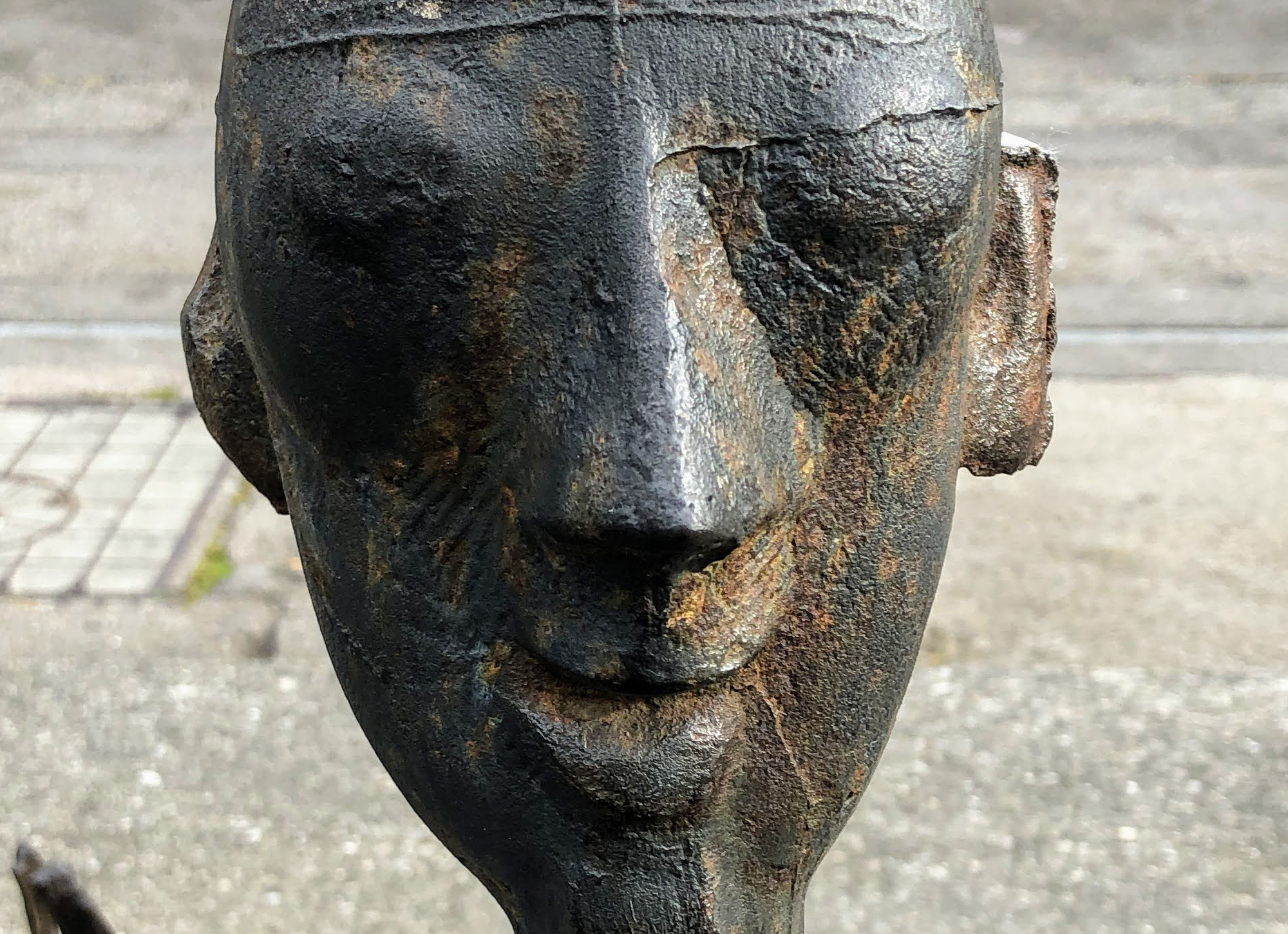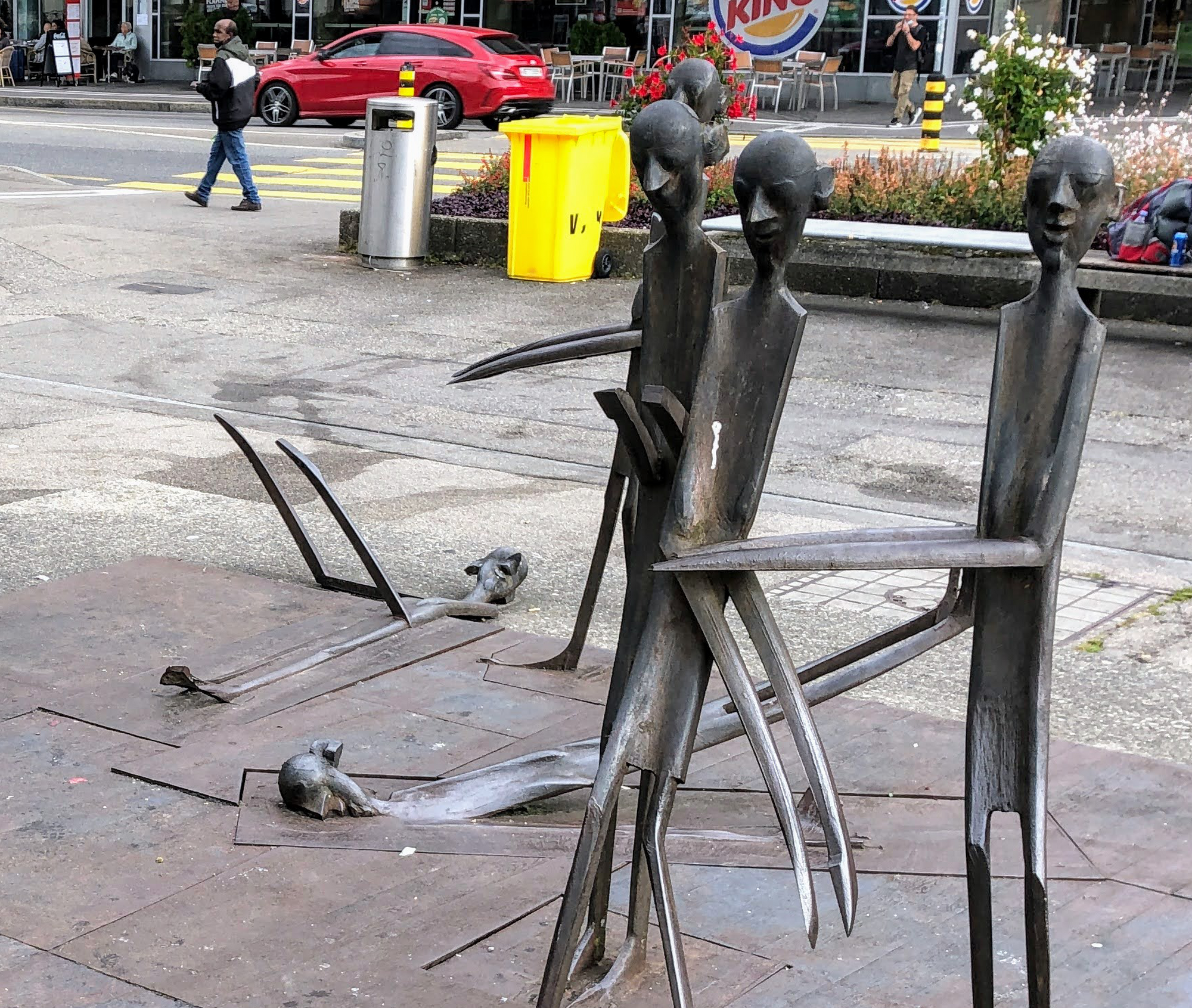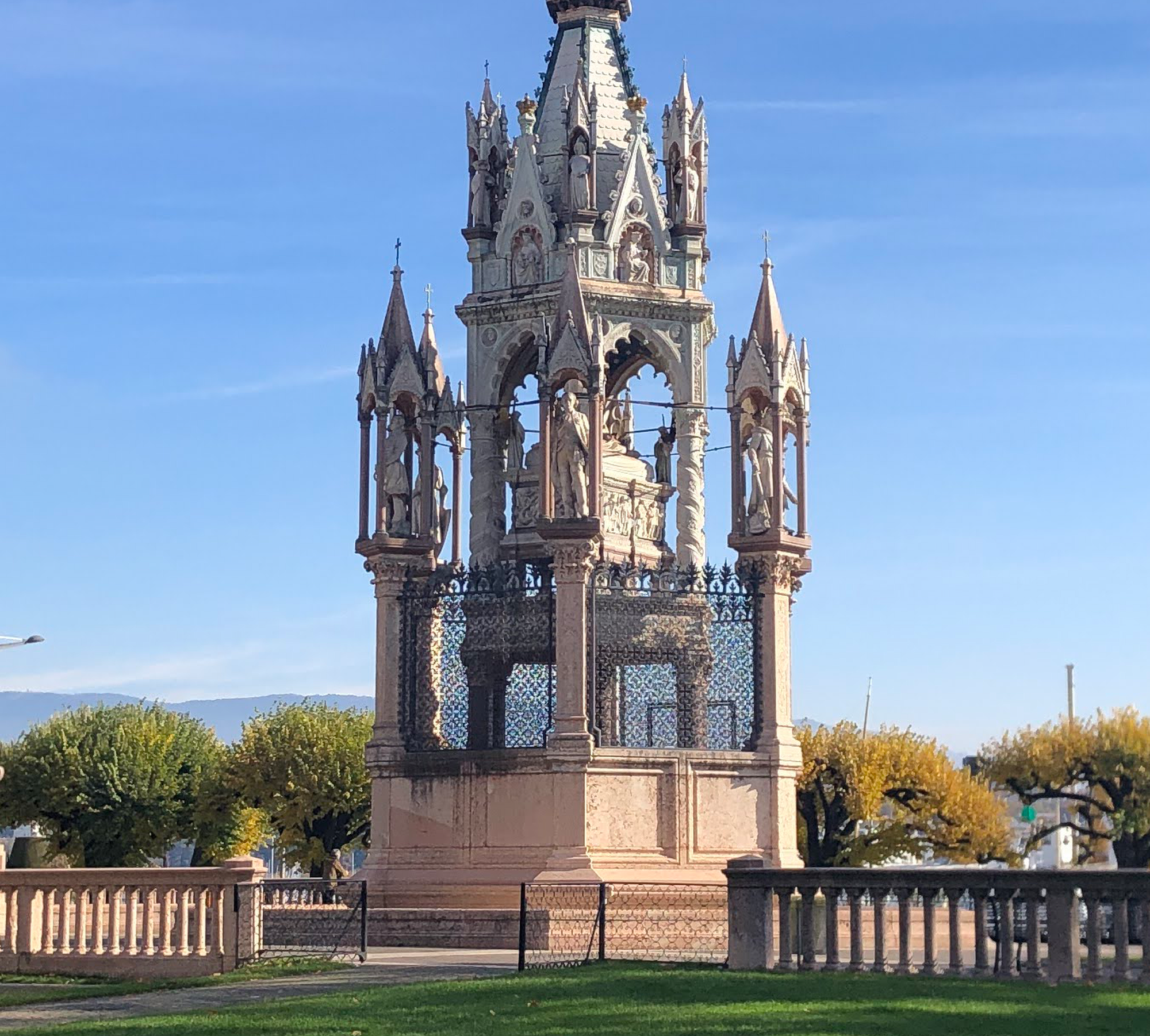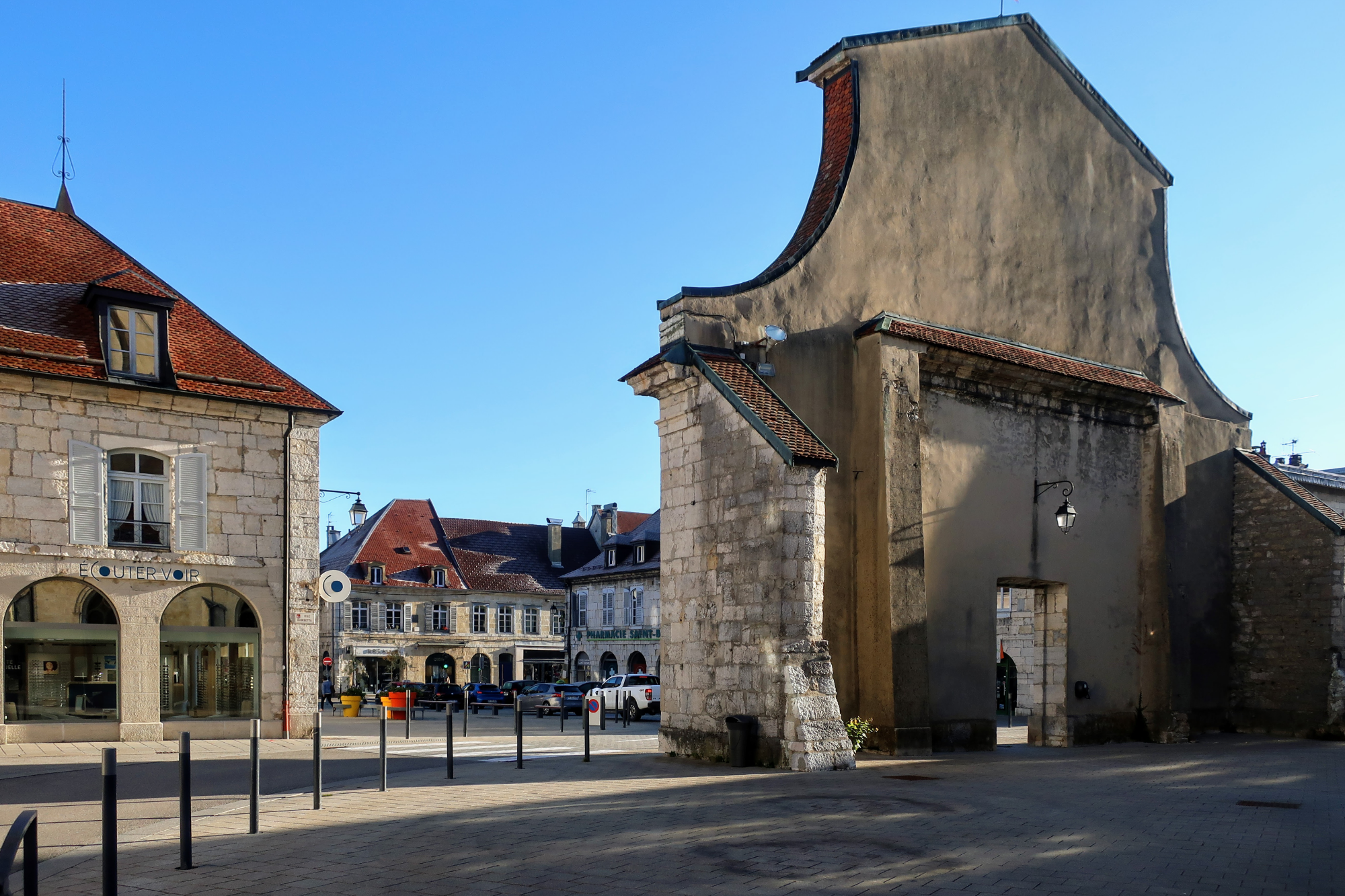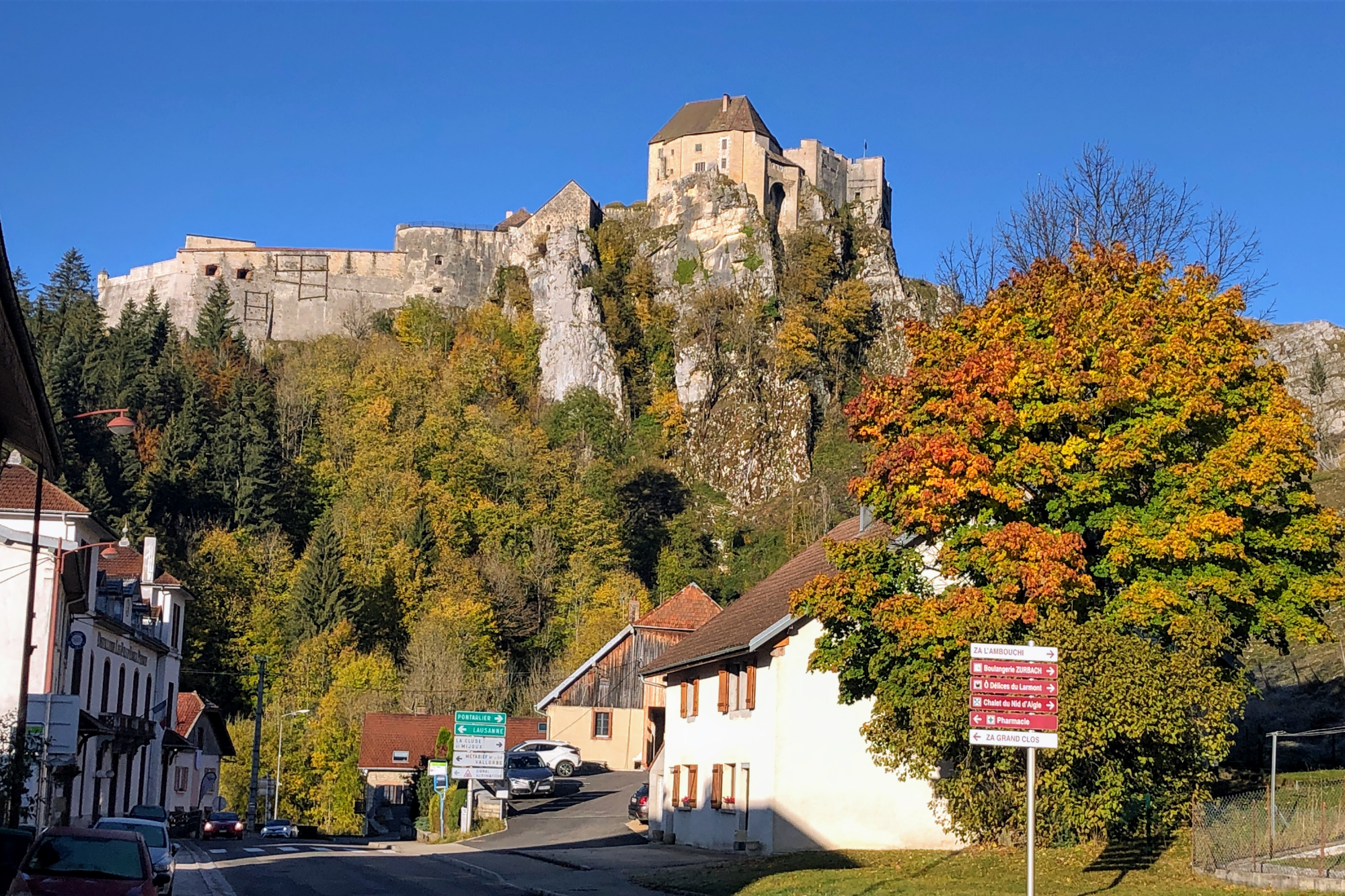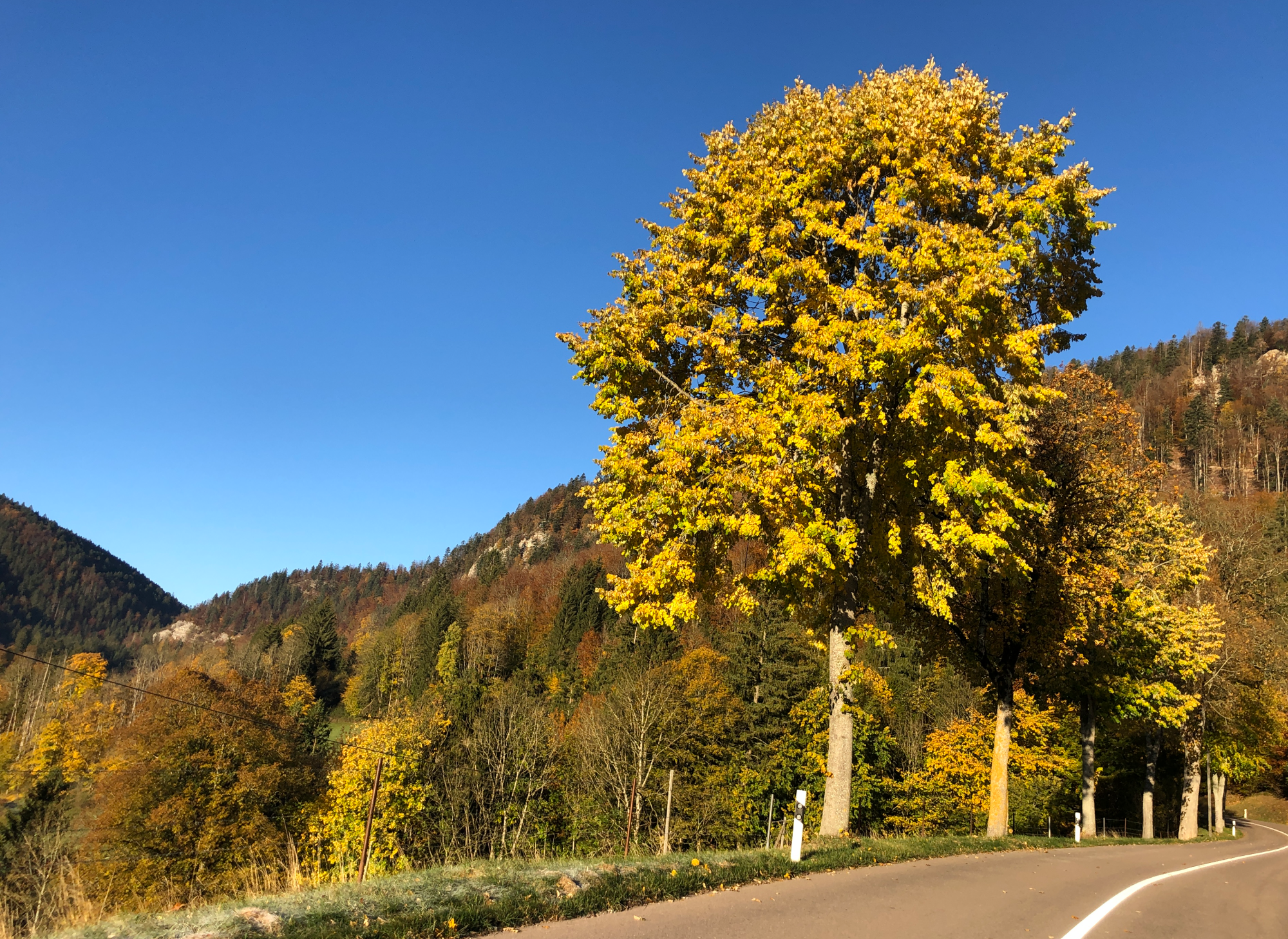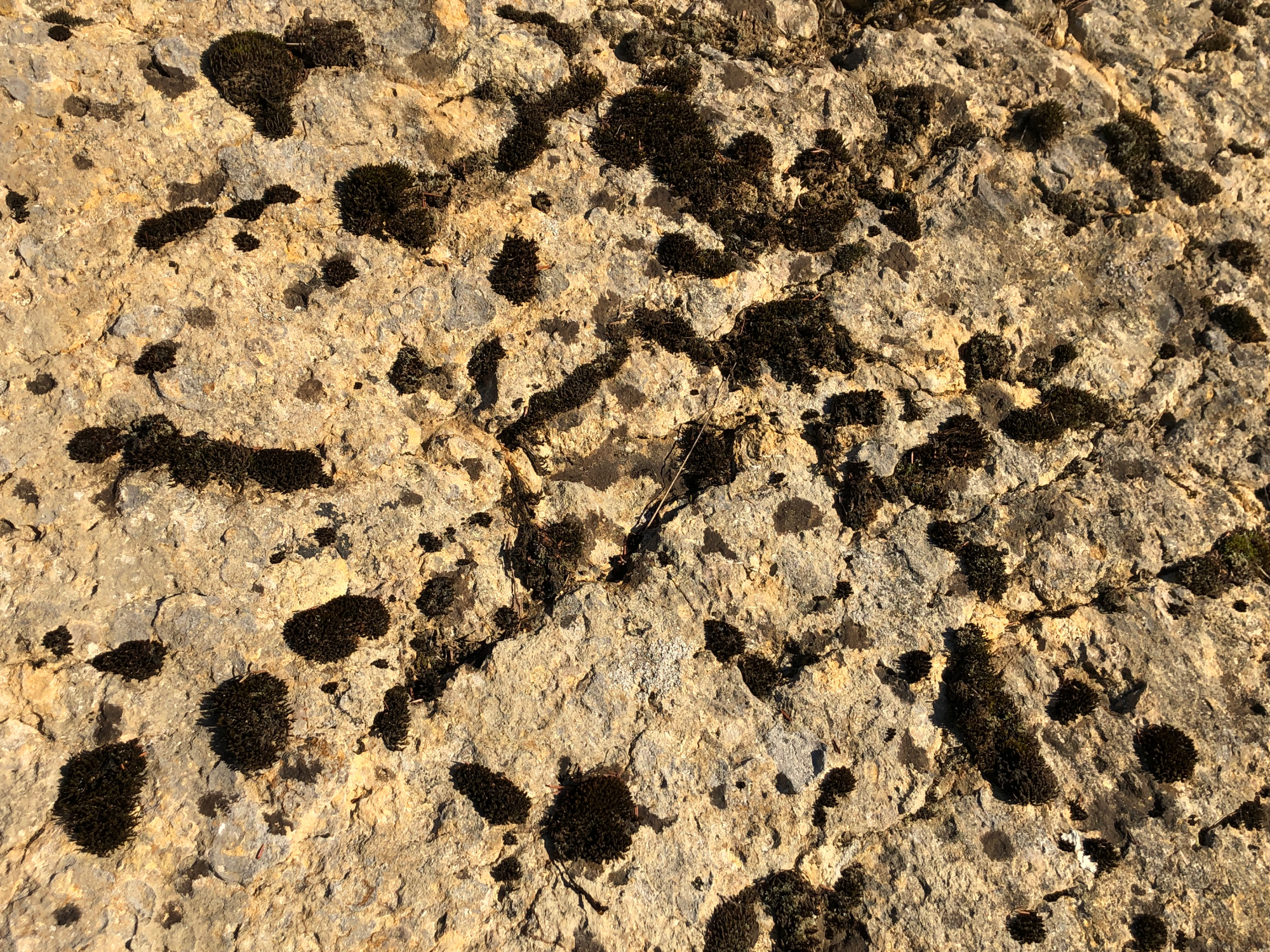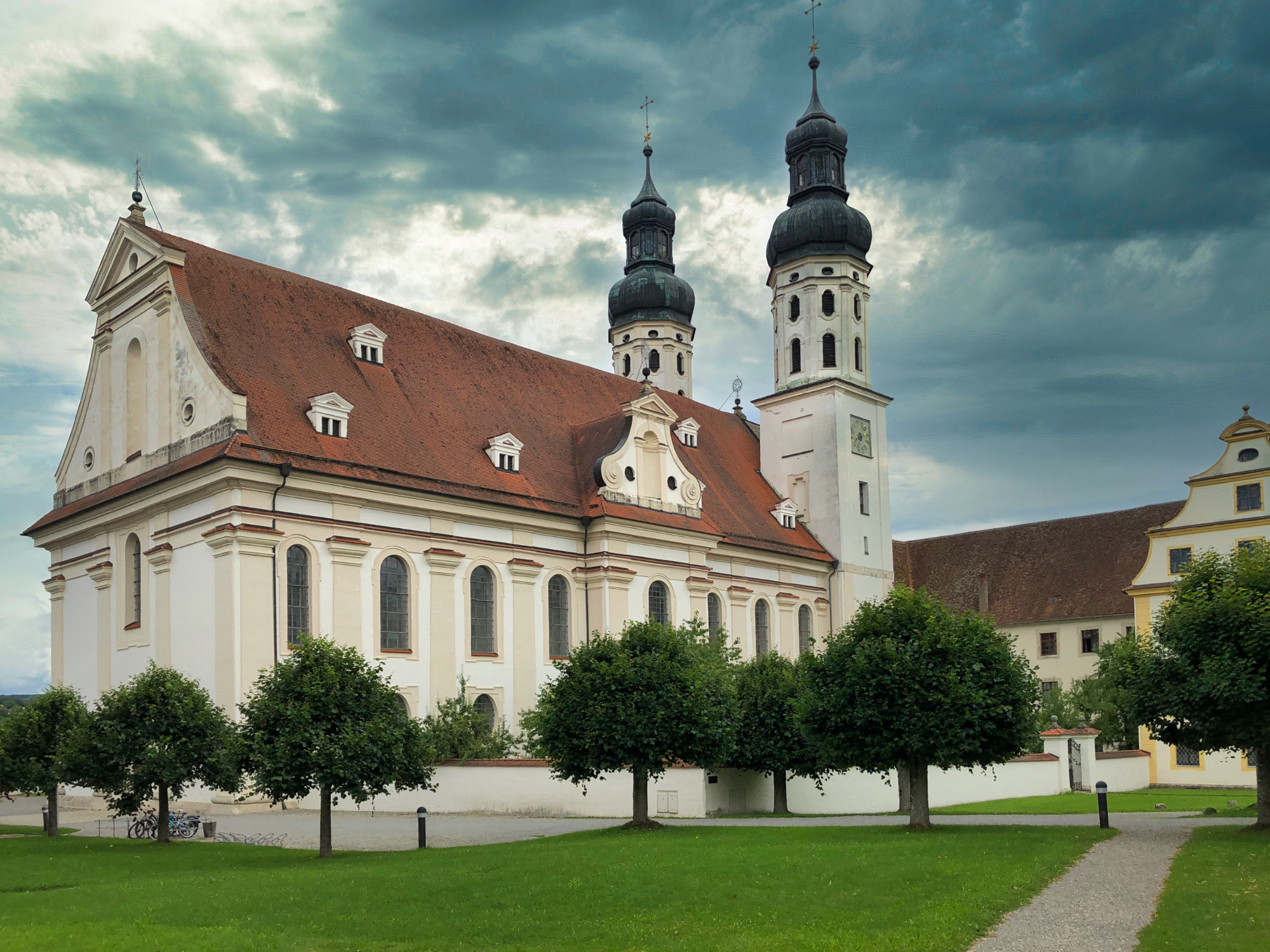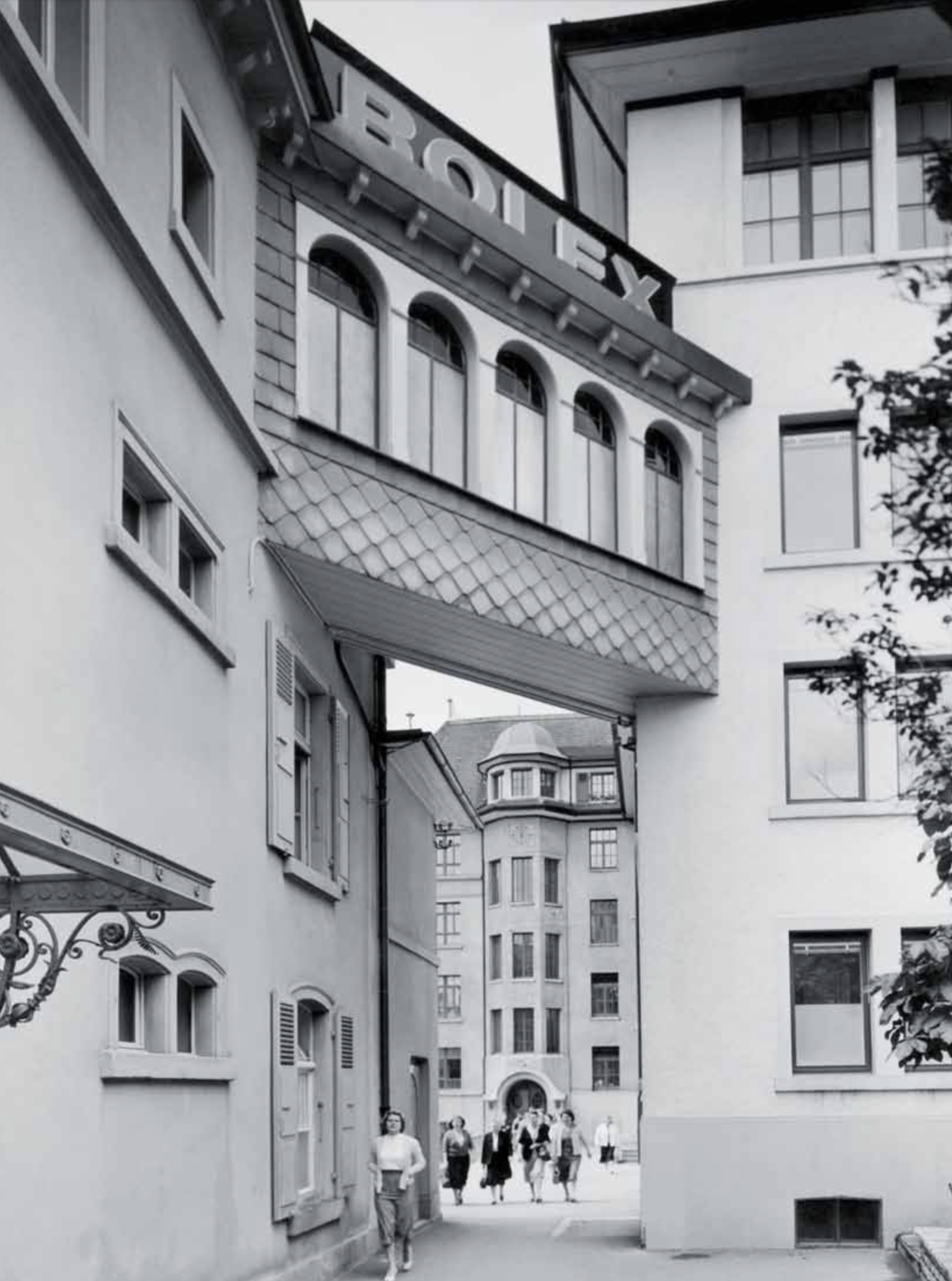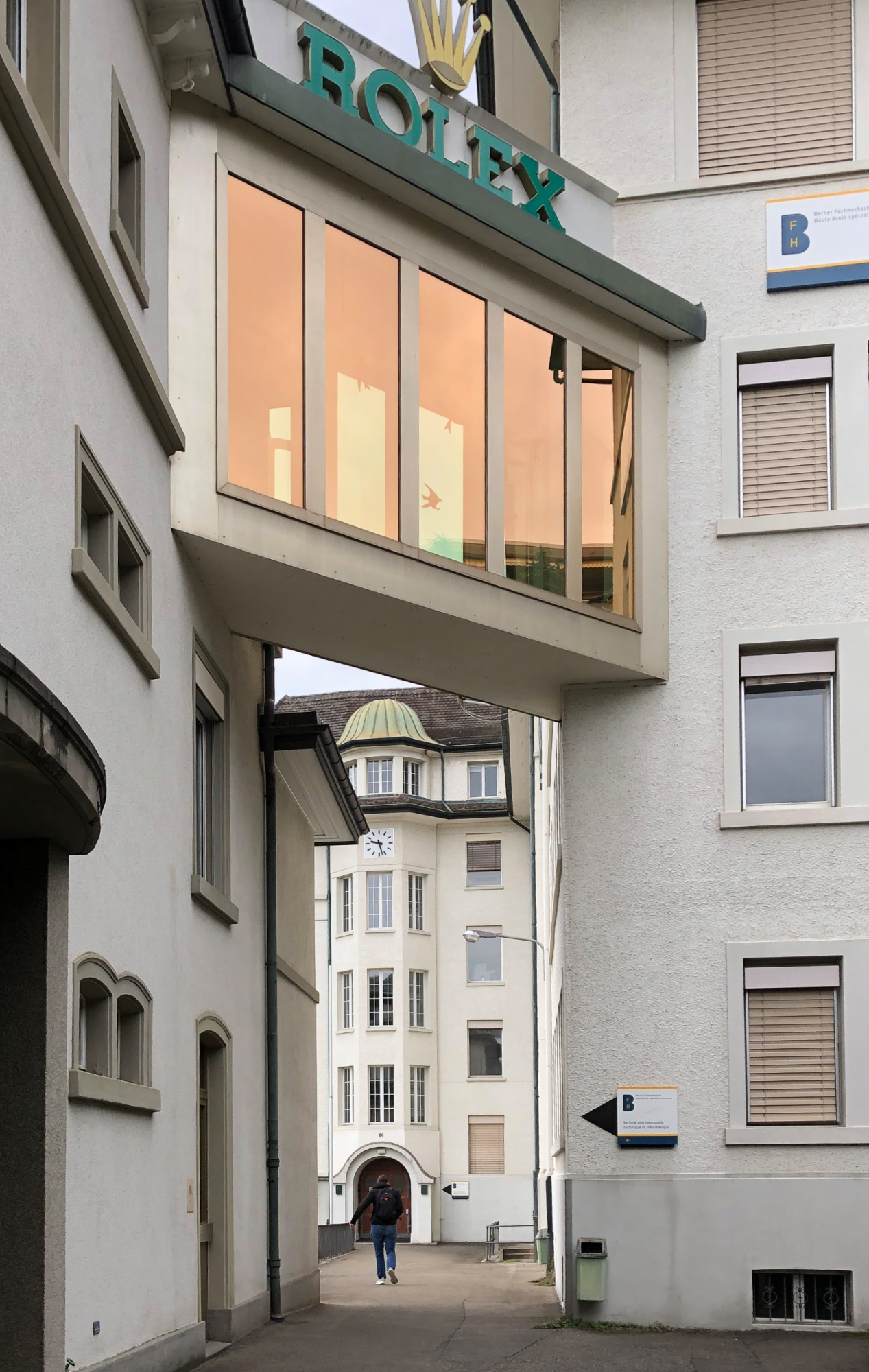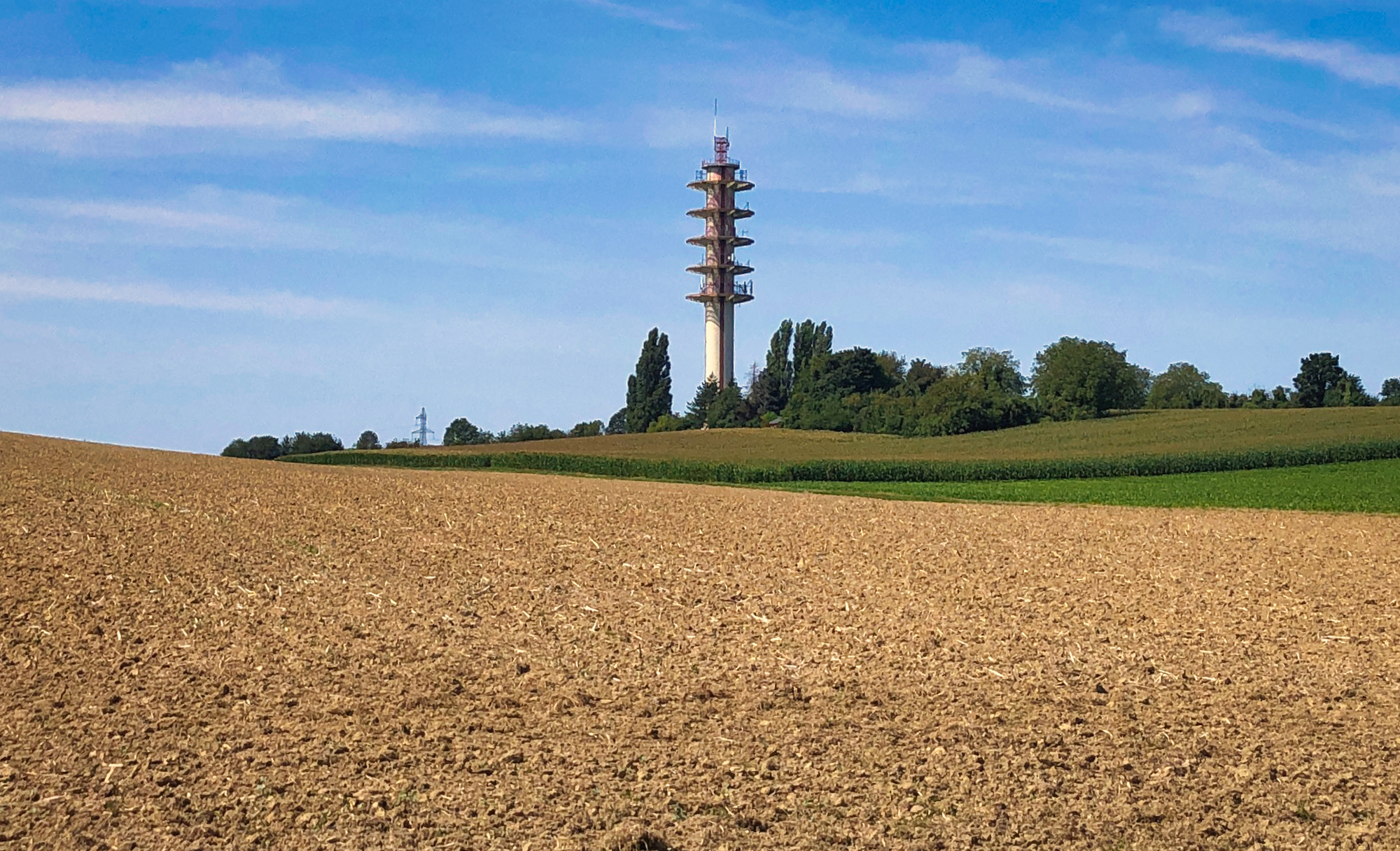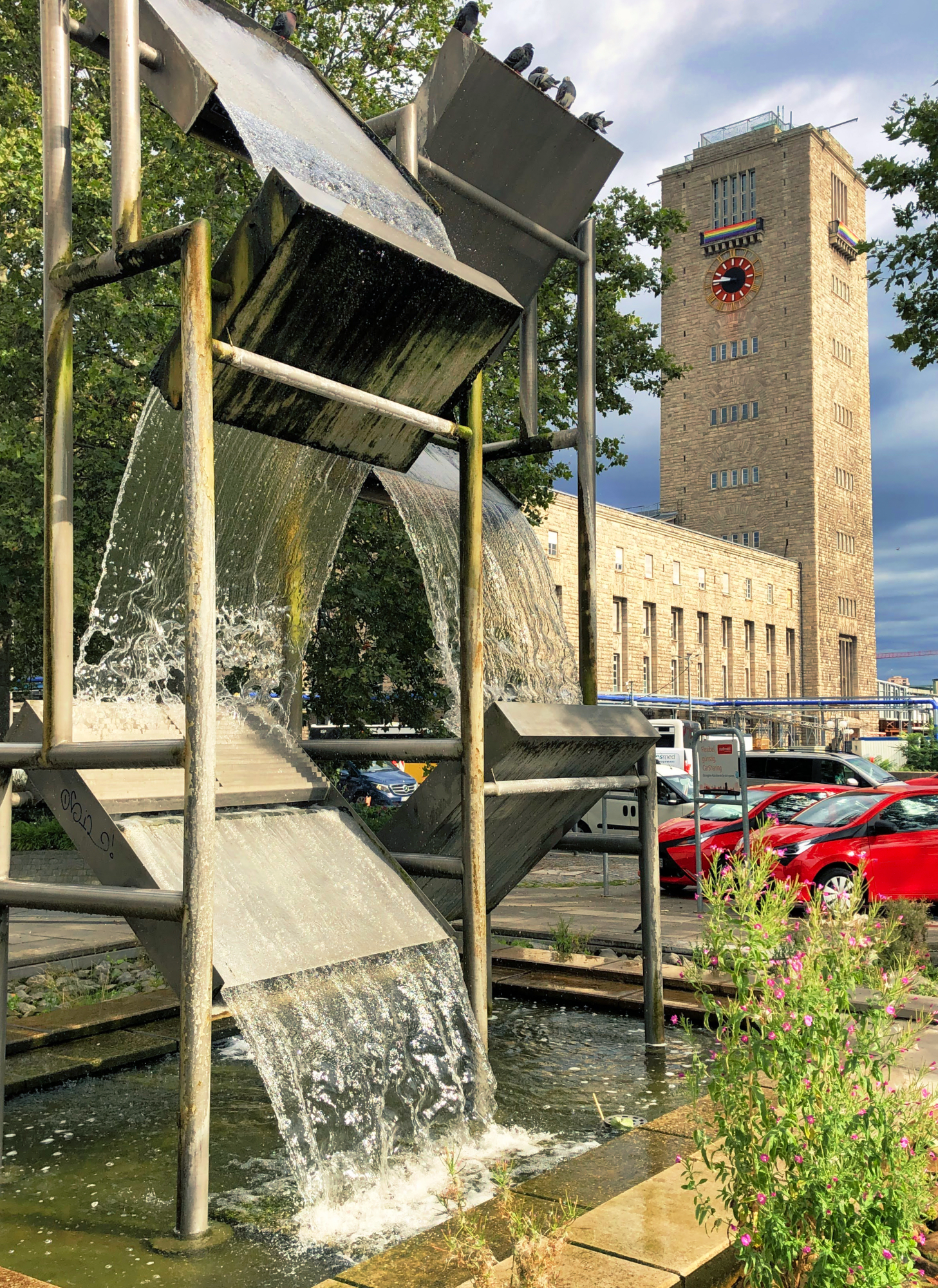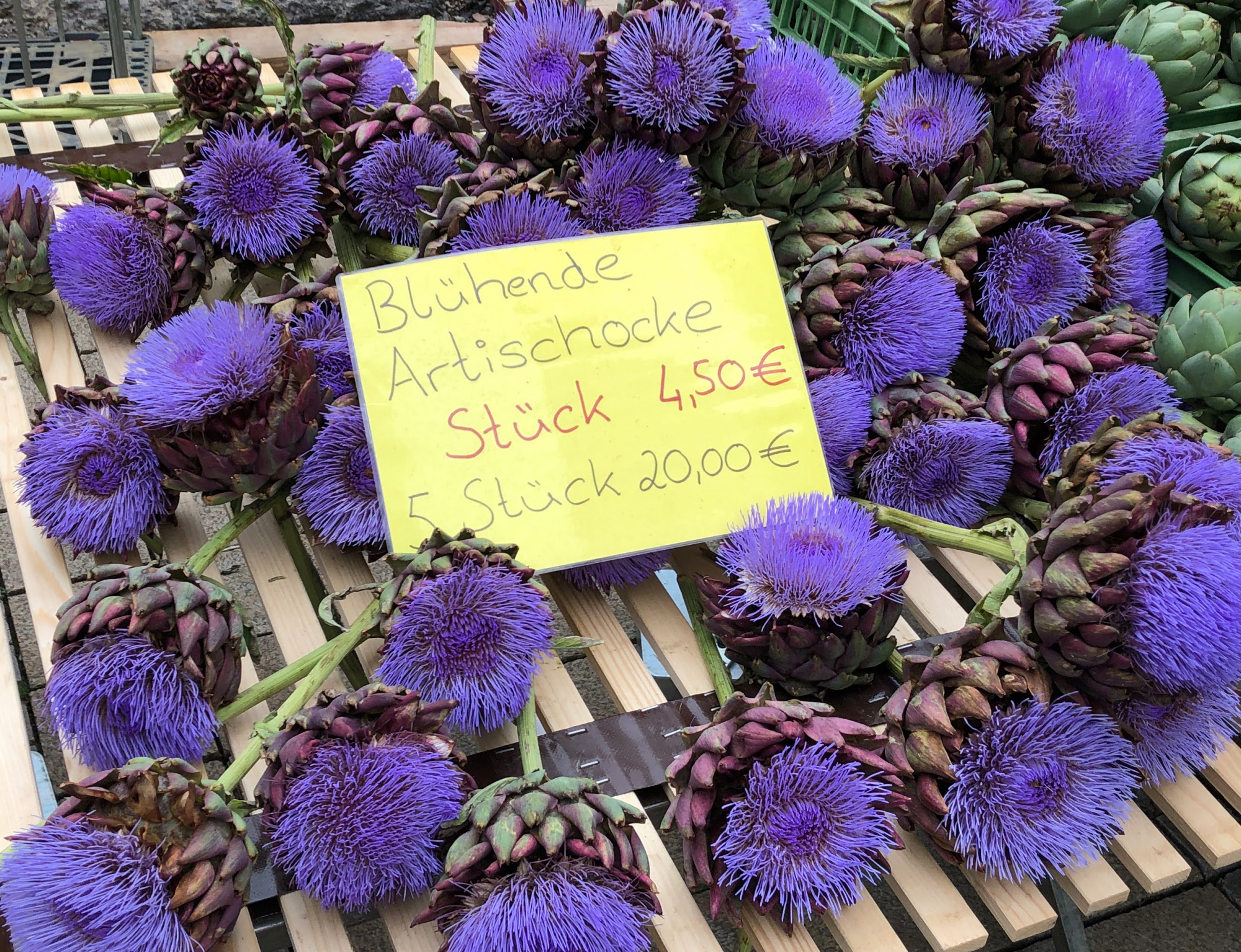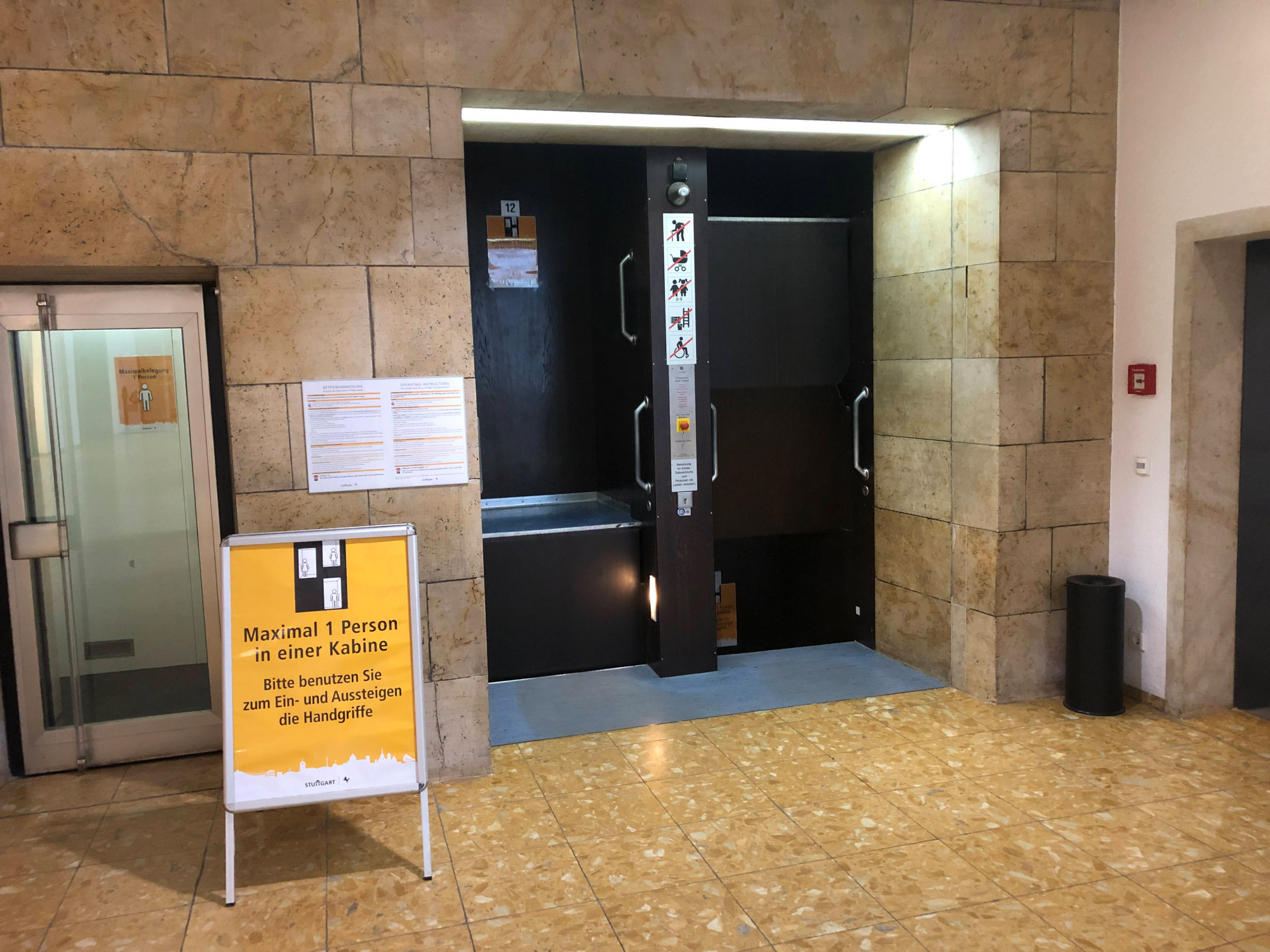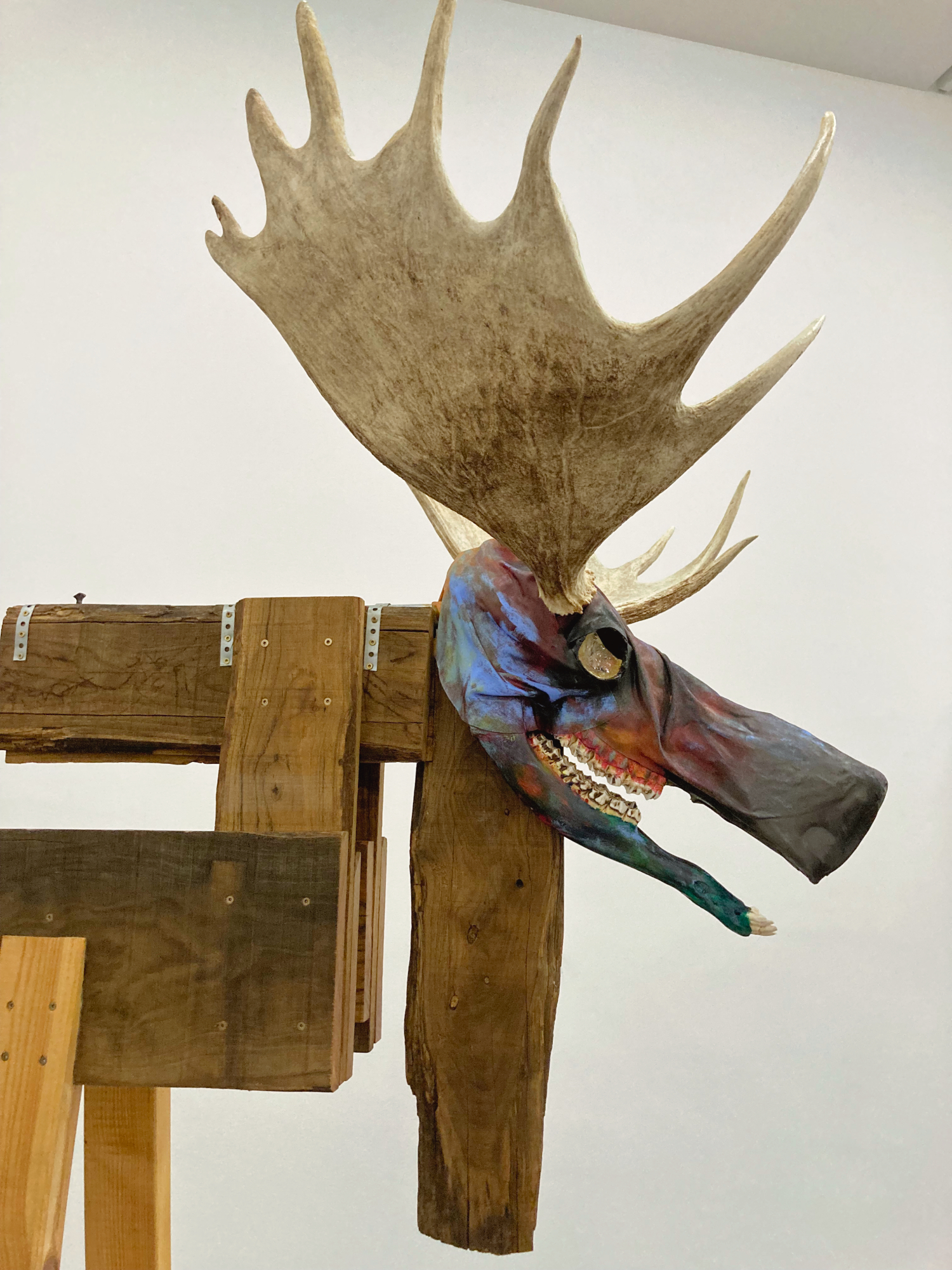First things first: Happy New Year, dear world!
I was surprised to learn that the well-known litmus test dates back to the 1300’s – I would have guessed it to follow sometime after the Renaissance.
Anyway, I digress.
Although to be honest, it may be impossible for one to digress unless and until one has actually started, which I have not.
So first things first, let me start.
For those that may not know it, in addition to acting as an outlet for a combination of very creative and very weird mental juices that, if not periodically released, would mix together violently and cause very great danger to my brain, my blog serves primarily as my own personal litmus test for my desired degree of sanity. If I am happy and healthy and have a bit of creative energy left over in my day, I find time to tap into this energy and express myself in a blog. If I am under pressure or find my creative juices overly drained, no blog.
Oh, and a hobby of mine is travel photography – so my blog also serves as a very nice showcase of some of my travel photography snaps that I am more proud of.
Anyway, in the time since I started this blog in 2014, hardly a day has gone by without a blog: I have just over thirteen hundred of entries by now, and if I am in good spirits, I can usually knock out a new blog (including photo) in less than 3 minutes. I’ve timed it, so I know.
Since November this site ritley.com has been blogless, and precisely for these reasons mentioned above. New job, new demands. Well, new job is a bit of an understatement: whole new career.
Hopefully I have things now better under control, so let’s see how long I can keep up my daily blogging!




